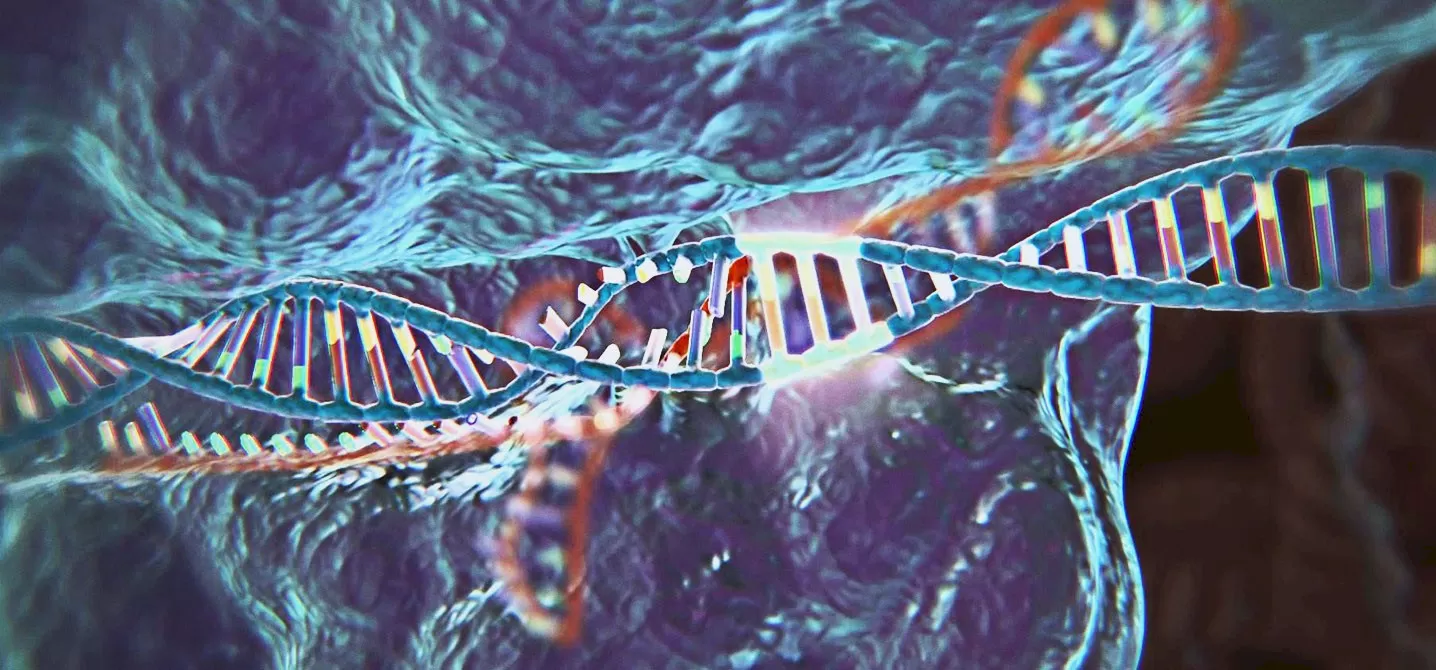Gene Editing Shows Potential for Treating Genetic Diseases Like Rett

One of the hottest emerging approaches to altering or correcting defective disease-causing genes is called CRISPR/Cas9. In fact, the first human study for CRISPR/Cas9 – a trial for a potential cancer therapy – is being planned by a collaboration of investigators at the University of Pennsylvania and other research centers. The technology has even captured the interest of former Facebook president Sean Parker, who is investing $250 million in a foundation to support the study.
While it is yet to be evaluated for correcting mutations in the “Rett gene,” MeCP2, there are some features of the approach that make it potentially attractive for treating the condition.
The overall excitement behind CRISPR/Cas9 is its specificity, its ability to cut and paste targeted regions of a gene. Instead of delivering complete copies of healthy genes to affected cells to supplement the mutated copies – an approach commonly referred to as gene therapy or gene replacement therapy – CRISPR/Cas9 is able to find the defect in a gene, snip it out, and if need be, insert new corrective DNA.
Think of it this way: Let’s say you have a 200-page book with a misspelled word as its defect (or mutation). Replacing the whole book, all 200 pages, would be like gene replacement therapy. In contrast, with CRISPR/Cas9, an editor would just find the location of the misspelled word, remove it, and replace it with the correct word.
The formal name for CRIPSR is a mouthful “clustered regularly interspaced short palindromic repeats.” CRISPR actually occurs as part of our immune system to find and shut down invading bacteria – it can identify their DNA. As a potential therapy, scientists have engineered it to find and repair gene mutations. Cas9 works like a scissors to cut out the bad DNA.
While the specificity of CRISPR/Cas9 is attractive, the technology is much newer than gene replacement, which has been in human studies for decades, and has some significant drawbacks that still need to be addressed, namely: 1) ensuring that it can transfect enough cells to have a therapeutic effect, and 2) preventing off-target effects and/or immune-system reactions.
Gene replacement has shown promise in reversing disease for rodent models of Rett syndrome, including older animals with the condition. However, the potential drawback with gene replacement is controlling dosage – there’s the risk that too much MeCP2 would be delivered, which would be harmful. With CRISPR/Cas9, dosage is more tightly controlled.
RSRT is interested in all approaches that get to the root of Rett Syndrome, MeCP2 mutations. While gene therapy has performed encouragingly thus far in the lab, we are very much keeping CRISPR/Cas9 on our radar screen because of the potential advantages it offers.


